Rattlesnake Calathea: Tips for Healthy Growth and Stunning Leaves
Rattlesnake Calathea
The Rattlesnake Calathea (Goeppertia insignis) is a long-lived, tropical evergreen plant native to Brazil. Although it may not be the easiest choice for beginners due to its specific requirements for temperature, light, and humidity, proper care will reward you with stunning foliage. The leaves feature delicate, wavy patterns along the edges with mottled shades of green, while the underside of the leaves is equally striking with its deep purple hue.
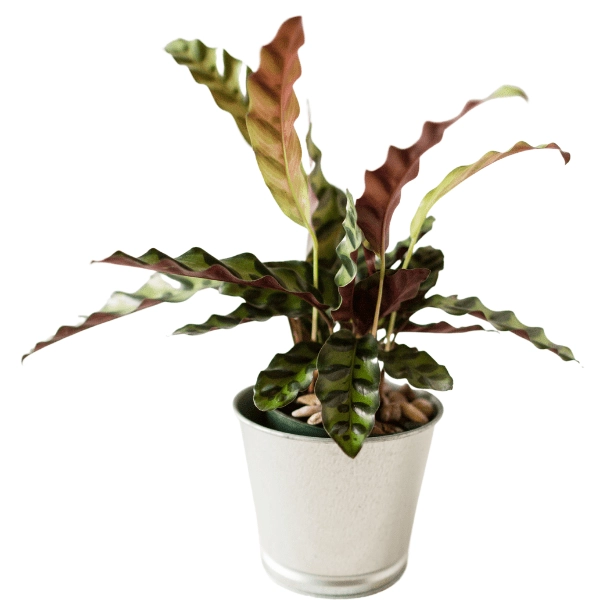
In the wild, in places like Hawaii, Florida, and California, the Rattlesnake Calathea produces small yellow flowers in late spring. However, when grown indoors, it is mainly favored for its long, graceful, and decorative leaves, as it rarely blooms indoors.

When grown as an indoor plant in a greenhouse or terrarium, it typically reaches around 20 inches in height. The Rattlesnake Calathea grows at a moderate pace but may slow down or stop growing altogether if not provided with ideal living conditions.
Care Instructions for Rattlesnake Calathea
Placement
The plant is well-suited for indoor spaces, such as home interiors or office areas. It thrives in diffused light and mild sunlight, making it perfect for indoor decor.
Soil and Potting Mix
The Rattlesnake Calathea is an easy-to-grow foliage plant that doesn’t require meticulous care. It's best to use a potting mix designed for orchids, such as sphagnum moss or white moss, for optimal growth.
Fertilizing
This plant benefits from foliar fertilizers that are rich in nitrogen. Apply a weak solution once or twice a month during the growing season.
Light
Like most foliage plants, the Rattlesnake Calathea needs plenty of diffused light. Direct sunlight can cause the leaves to wilt and lose their distinctive markings. While it can tolerate some shade, the more indirect light it receives, the healthier the foliage will be.
Temperature
This plant prefers warm to moderately high temperatures, ideally between 18-23°C (64-73°F), but it can tolerate temperatures as low as 15°C (59°F). Avoid drafts and ensure proper ventilation in the growing area.
Watering
Keep the Rattlesnake Calathea in consistently moist soil, but avoid waterlogging or overly wet conditions. Water the plant daily to keep the potting mix slightly damp.
Propagation
The Rattlesnake Calathea is propagated by separating the offsets. This plant grows quickly and produces new shoots, making it easy to divide and propagate during the growing season.
Common Issues with Rattlesnake Calathea
1. Fading Leaves or Loss of Patterns
Light is a crucial factor for the health of your Rattlesnake Calathea. If the plant is exposed to too much direct sunlight, green spots may appear on the leaves. Conversely, if it receives too little light, the vibrant leaf patterns may start to fade.
2. Soft or Rotting Stems
Soft stems are typically caused by one of two factors: overwatering or exposure to drafts. Watering too much, especially in cooler temperatures, can weaken the stems and even cause root rot, hindering the plant's growth. Try moving the plant to a warmer location with stable temperatures to see improvement.
3. Brown Leaf Edges
Brown edges on the leaves indicate that the plant requires more humidity in its environment or could result from the use of commercial leaf shine products. Dry air may also cause the leaves to curl. To address this, increase the humidity around the plant and clean the leaves with a damp cloth instead of using leaf shine products.
Frequently Asked Questions: Rattlesnake Calathea
1. How much sunlight does the Rattlesnake Calathea need?
The plant thrives in medium to bright indirect light but can also tolerate low indirect light. If placed near a window with direct sunlight, use curtains or shade to minimize exposure. If the plant is exposed to strong light, you may need to water it more frequently to keep the soil moist.
2. Do the leaves of the Rattlesnake Calathea close at night?
Some Rattlesnake Calathea plants have leaves that tend to fold upwards at night and lower during the day, earning them the nickname "prayer plant." This is a normal behavior that helps the plant optimize sunlight absorption during the day.
3. Can the Rattlesnake Calathea grow outdoors?
The Rattlesnake Calathea is best suited for indoor environments or greenhouses. However, if you live in a tropical, humid region with stable temperatures, the plant can grow outdoors in shaded areas, away from direct sunlight.
4. How should I water the Rattlesnake Calathea?
The plant should be kept in moist soil but not waterlogged or soaked. Water it consistently, daily or whenever the top layer of the soil starts to dry out. During the winter months, when the humidity drops, reduce the watering frequency to prevent root rot.
Tags: Indoor Ornamental Plants | Outdoor Ornamental Plants | Bonsai Plants | Aquatic Ornamental Plants | Miniature Ornamental Plants |











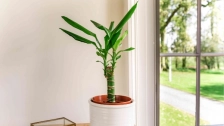

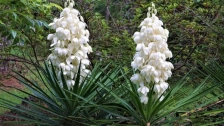






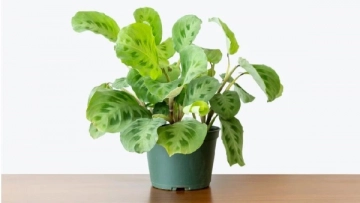

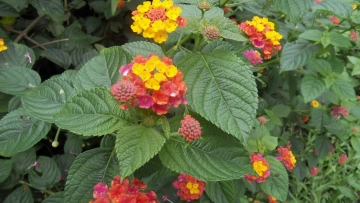
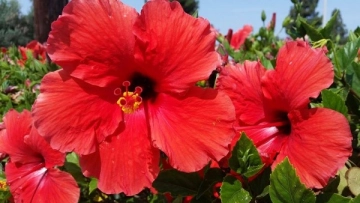
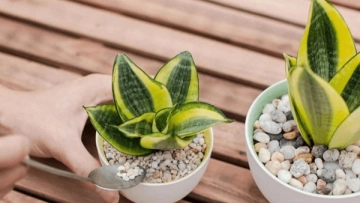
Miriam Maria
September 29 , 2024
Cam Giang
September 29 , 2024